You are not logged in.
Dear visitor, welcome to WesWorld. If this is your first visit here, please read the Help. It explains in detail how this page works. To use all features of this page, you should consider registering. Please use the registration form, to register here or read more information about the registration process. If you are already registered, please login here.
This post has been edited 10 times, last edit by "Red Admiral" (Apr 21st 2010, 7:16pm)

This post has been edited 1 times, last edit by "Red Admiral" (Jan 6th 2007, 4:15pm)

This post has been edited 1 times, last edit by "Red Admiral" (Jan 6th 2007, 4:15pm)

This post has been edited 2 times, last edit by "Red Admiral" (Jan 27th 2007, 2:17pm)
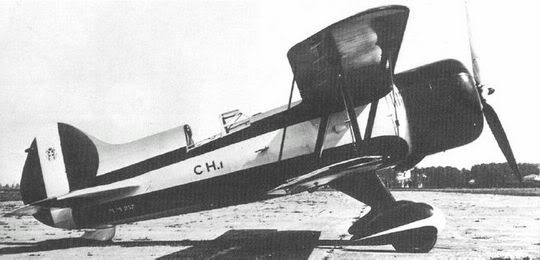
This post has been edited 1 times, last edit by "Red Admiral" (Dec 20th 2006, 2:43pm)

This post has been edited 1 times, last edit by "Red Admiral" (Mar 1st 2007, 12:20am)
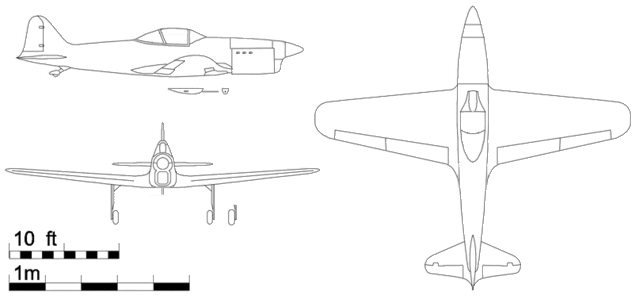
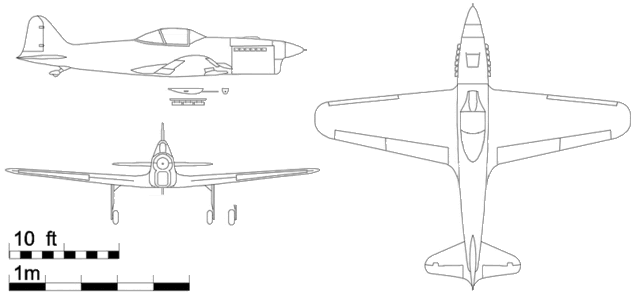
This post has been edited 5 times, last edit by "Red Admiral" (May 27th 2007, 5:27pm)
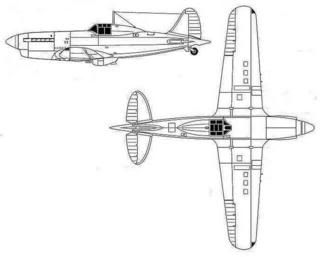
This post has been edited 4 times, last edit by "Red Admiral" (May 26th 2007, 6:46pm)

This post has been edited 6 times, last edit by "Red Admiral" (Jan 1st 2010, 6:57pm)
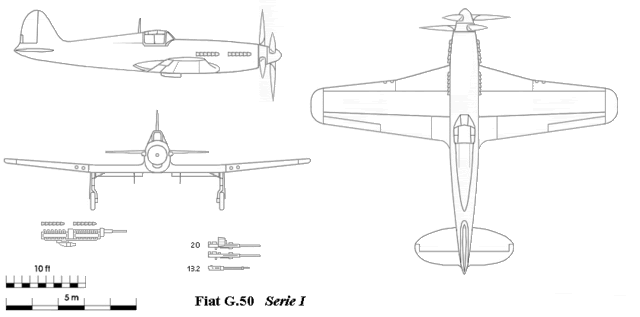
This post has been edited 1 times, last edit by "Red Admiral" (Feb 19th 2009, 10:05am)
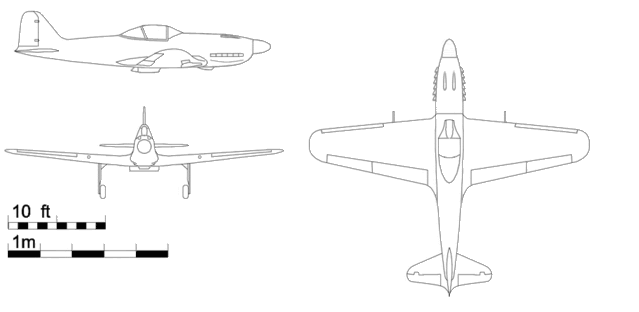
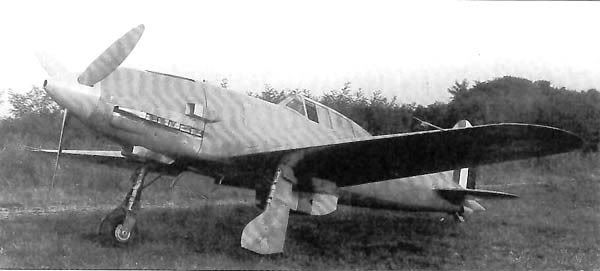
This post has been edited 1 times, last edit by "Red Admiral" (Dec 13th 2009, 9:22pm)

This post has been edited 4 times, last edit by "Red Admiral" (Oct 22nd 2011, 4:26pm)
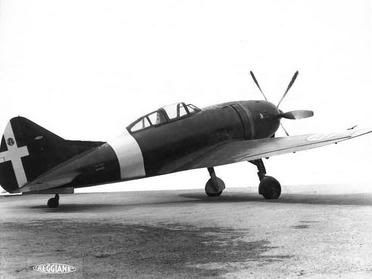
Forum Software: Burning Board® Lite 2.1.2 pl 1, developed by WoltLab® GmbH
